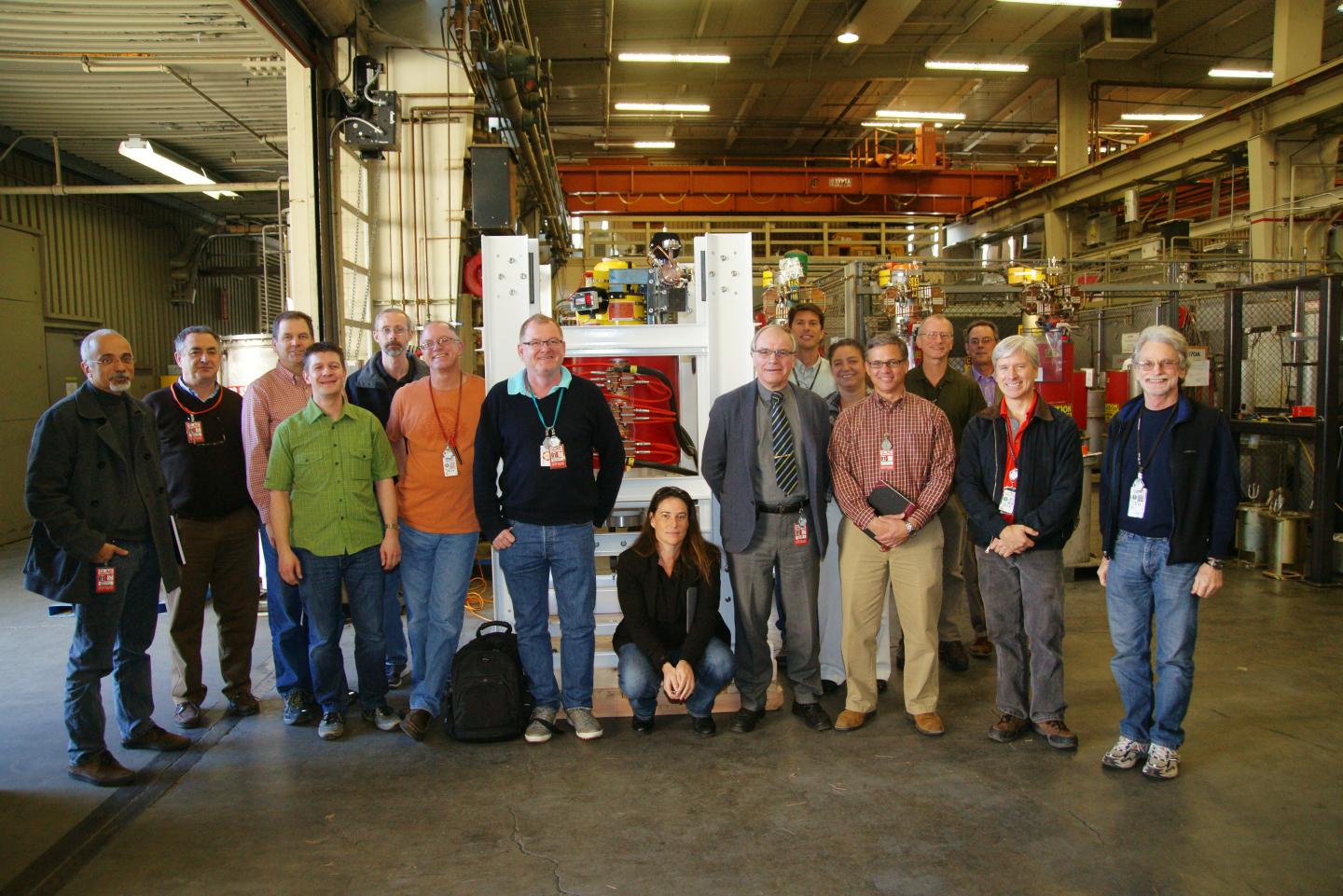Particle physics has a long tradition of technologies serendipitously making their way into other realms of science or even everyday life. Think of the web or particle detectors for medical diagnostics. The scientists working on the CLIC accelerator, one of the potential successors of the Large Hadron Collider, LHC, held a “High Gradient Day” specially targeted at industry during their workshop last week in order to catalyse the transfer of knowledge gathered over years of R&D.
During the day, several light-source operators from Switzerland, Turkey, Italy, China, Australia and Sweden exchanged their specs, wishes and future plans with the CLIC team. CLIC operates at 12 GHz, in the so-called "X-band" microwave frequency range. For Walter Wuensch, head of the X-band R&D for CLIC, and his colleagues, a light-source free-electron laser driven by CLIC technology would be a dream come true. Wuensch says that both the technology and beam diagnostic tools have been tested to the core. “We are confident we can build linear accelerators for free-electron lasers according to the desired specifications,” he says.
The planned CLIC accelerator would use a unique way of accelerating its electrons and their anti-particles, positrons: two accelerators would sit side by side, one, the main linear accelerator or “linac”, getting the beams of particles from source to collision, and the other, the “drive beam”, passing as much power as possible on to the main beams. This gives them a big push, it increases the rate at which they accelerate – their gradient.
In order to test the accelerating structures, CLIC scientists build test stands that are not powered by the CLIC drive beam but by power sources called klystrons that provide radiofrequency power in the X-band range. They believe that these klystron test stands (combined with high-gradient accelerating structures) could be useful for future free-electron lasers, special accelerator-driven lasers that provide very particular laser light for studying materials, biological samples, molecular processes and much more. “The high gradient means that the accelerator can be very short because beams reach the designated energy much more efficiently,” explains Wuensch. “We have done a lot of research on getting the gradient for CLIC, we have a lot of experience with X-band systems and sources are now available commercially. All this makes an X-band accelerator comparatively affordable.” This means labs or companies can build or upgrade free-electron lasers and make them available for all sorts of applications.
Another topic at the High Gradient Day was the involvement of CLIC expertise medical projects. One of these, TERA TULIP, looks into operating a proton accelerator for cancer therapy. CLIC’s high-gradient experience could help make the gantry through which the beam is passed to the patient shorter and lighter by installing the accelerator on the gantry itself, thus reducing the number of bending magnets needed for the proton beam and making the gantry more compact. If it could move around the patient and provide high-precision beams, damage to non-cancerous tissue could be avoided.
A few other potential applications which might benefit from X-band and high-gradient technology were discussed at the industry day, “but these are further down the line,” says Wuensch. We’ll make sure to let you know when the first free-electron laser using CLIC technology comes online.

